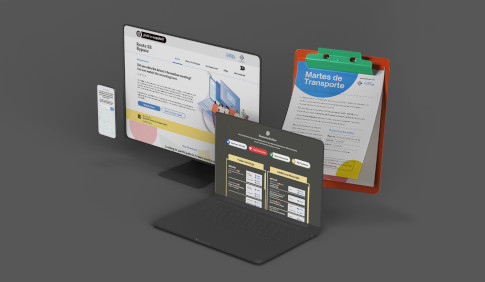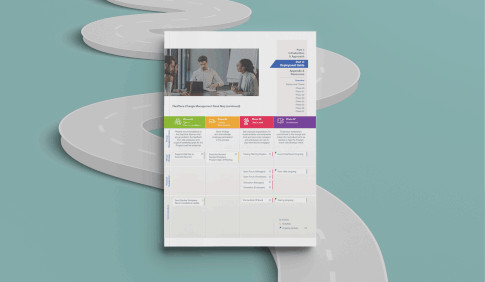In our recent blog, we discussed how organizations should use Voice of the Customer (VoC) feedback to build brand loyalty and customer satisfaction. In case you need a refresher, VoC describes the process of capturing and incorporating your customer’s expectations and feedback into employee behavior and everyday operations. With this definition in mind, it may come as a surprise that VoC feedback can be used by government agencies. Government agencies aren’t competing with other organizations that offer similar services so brand loyalty isn’t a concern. Without competition, what incentive do they have to listen to what their “customers” think?
As it turns out, the Voice of the Customer is extremely important for government agencies. Incorporating customer feedback in government operations can close the gap between services offered and what customers need, offer improved access to information when and where customers need it, and can uncover outdated processes that are contributing to inefficiencies.
As stated in a report from Forrester, bad “…federal [customer experience] hurts people’s feelings of importance as citizens and the achievements of government.” Unfortunately, many government agencies neglect listening to their audience, widening the gap between the agency and citizens it serves, making it difficult to efficiently achieve agency missions. According to that same report from Forrester, the overall customer experience for half a dozen key federal services was rated “very poor”. Furthermore, less than half of the 1,300 U.S. adults polled said that their government customer experiences make them feel like valued customers.
How Government Agencies Can Listen to Their Customers
Now that we have identified why the federal government should listen to their customers, let’s discuss how they can do it.
- Consider a Chief Customer Officer (CCO): Chief Customer Officers are crucial to helping a federal agency become customer-oriented by using VoC to refocus its operations on the customer experience. Fortunately, the public sector is beginning to recognize the importance of a CCO. Several years ago, there were just four Chief Customer Officers working in the federal government. Since then, there has been a push for the federal government to hire more of these executives, thanks to an executive order in 2011. As of 2017, there are approximately a dozen CCOs across the government. From private sector to public sector, all organizations benefit from a Chief Customer Officer.
- Implement a VoC program: Listening to customers is the core of providing exceptional customer service. VoC implementation consists of the following: collecting feedback, interpreting the data, reacting to the data, and monitoring changes. There are various ways that government agencies can collect feedback from customers including surveys, forums, social media, comment forms, etc. Once the data is collected, it should be examined to determine the overall sentiment of customers as well as common complaints. After this, the CCO should create a long-term plan with the goal of improving customer service based on the feedback collected. This plan could include goals like making your information more accessible online and/or delivering your services faster. The last step in using VoC feedback is to regularly monitor customer satisfaction with the changes you’ve made. Consider contacting customers every six months with a survey to see if your plan has improved customer satisfaction.
More and more government agencies are making efforts to better serve their customers. As federal agencies continue to use VoC feedback to improve, citizens will feel increasingly valued, and agencies will be better equipped to achieve their mission.
Want to use customer insights to improve your government organization? Talk to us to learn more!





